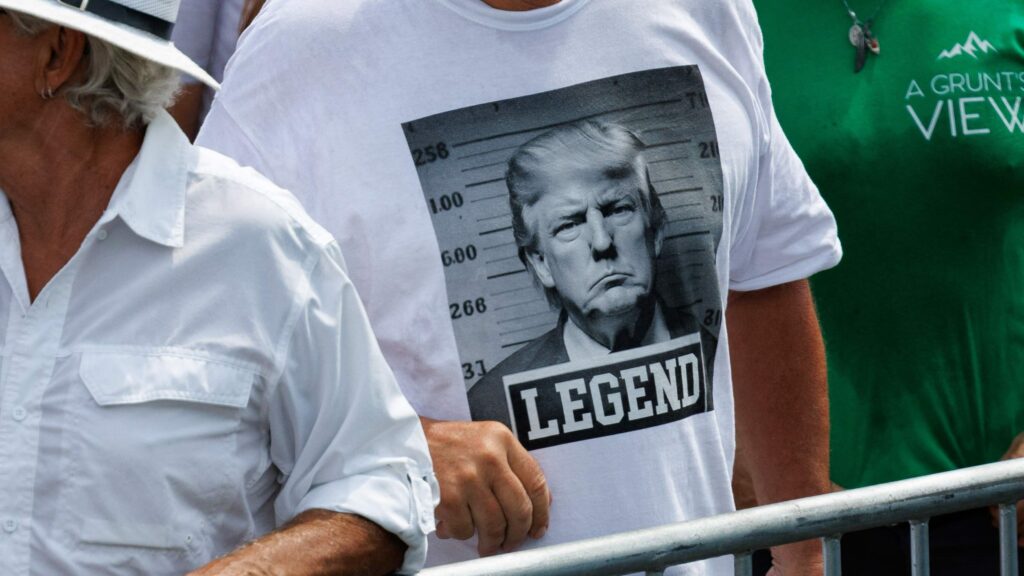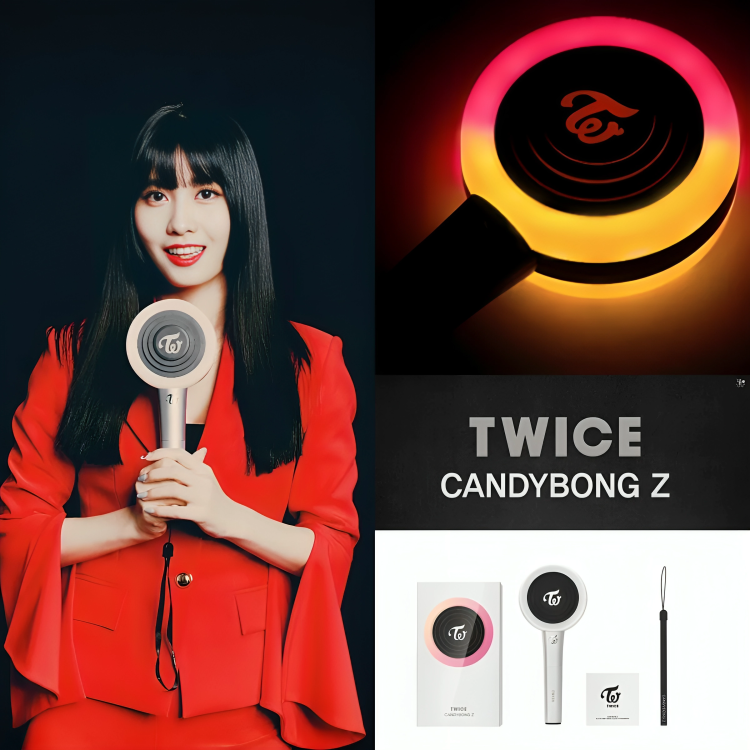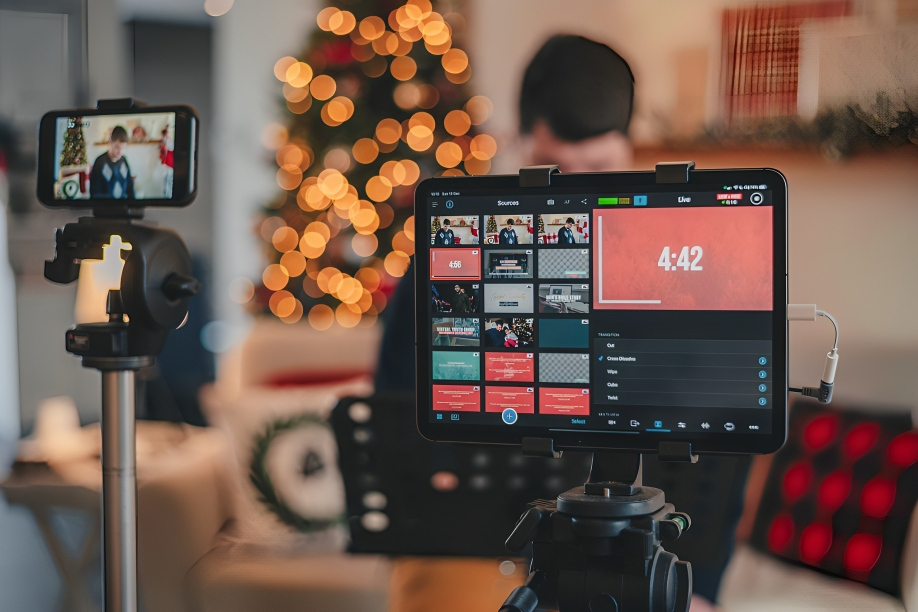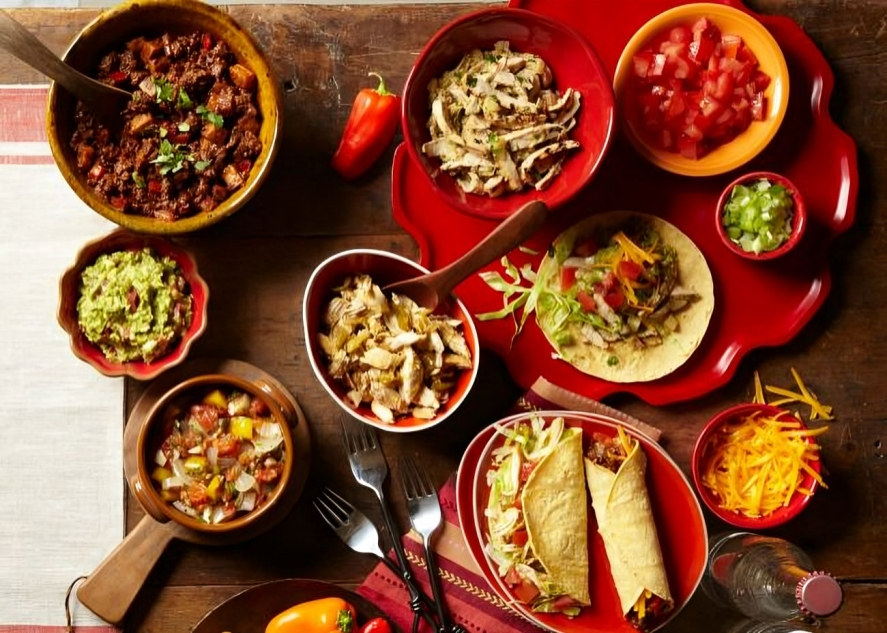News
Electricity supply and connection contributing to the national economic growth

For any country to achieve sustainable development and socio-economic growth, having electricity supply and connectivity in a stable and reliable manner has to be given a priority. The government of Rwanda through its Electricity Roll-out Program (EARP) is not lagging behind in as far as promoting electricity supply and connection across the country is concerned since this is one of the ways which will enable the government to achieve its ambitious goal of helping the country to become a middle-income nation by 2020 as it is envisaged in its five-year economic plan, the Economic Development and Poverty Reduction Strategy (EDPRS) II.
Getting Electricity is one of the 10 benchmarks used in the World Bank Doing Business annual report and Rwanda has made getting electricity easier by reducing the cost of obtaining a new connection in the country. According to Elie Makeba Nzeyimana, a Monitoring and Evaluation Specialist with EARP, by September this year, there were 384,676 households connected to electricity countrywide. He said that this year’s strategic plan was to at least connect 180,000 households in the country. “Electricity supply and connection is very important in the country’s development because it comes with multiple business opportunities for the general population and EARP is determined to continue extending electricity to more households every year” Nzeyimana said.
He said that using electricity at home is cheaper than using the paraffin and various sources of energy. He noted that currently, an individual pays only Rwf 56,000 to get connected to electricity which he/she pays in installments in a period of one year. Nzeyimana noted that Energy Water and Sanitation Authority (EWSA), the institution responsible for the coordination of activities related to promoting and exploiting the energy resources set up a one-Stop Centre whose staff goes to field across the country while helping the population on how they can get connected to the national grid.
Apart from having a one-Stop Center, Nzeyimana said that his organization has set up an industrial park in every district responsible for helping the citizens to easily have access to electricity.
The government through EWSA has set a target to have at least 70 percent of the households in the country have access to electricity by 2017 and this will be achieved by working on several projects to increase the electricity capacity on the national grid. With the seven year electricity plan (2011-2017), the government of Rwanda has undertaken different projects to achieve this objective.
These projects include expansion of the transmission systems with an additional 2100 km, generating power from methane gas amounting to 300 MW as well as estimated 310 MW geothermal energy which is currently under exploration drilling for detailed studies and the development of new Hydropower plants that will be capable to produce 232 MW of electricity by 2017.
The government of Rwanda has currently set its targets on producing 563 MW of electricity by 2017 from the current 110.8 MW. According to the Word Bank’s 2013 Doing Business report, Rwanda’s economy is the 49th easiest place when it comes to ease of getting electricity, one place better than its 50th position in 2012. In the 2013 rankings, Rwanda scored 76.7% from 73.8% scored in 2012 when World Bank researchers made their findings, moving up 2.9 points.
The World Bank survey looks at how easy or difficult it is for an investor in Rwanda to get electricity to their premises. under this, they also look at how long it takes, how much it costs and how many processes are involved.
For a prospective investor, what matters when it comes to electricity is first that he can get connected fast, and second that there is a reliable energy supply during production and with the current effective and efficient electricity supply and connection, investors in the country will undoubtedly achieve their prime goal of making more profits in their respective business transactions.
WB Doing Business 2013 report indicated that an investor in Rwanda is subjected to four (04) procedures while applying for electricity against a sub Saharan Africa average of five (05) procedures. When it comes to days spent in processing the procedures, Rwandan investors have to spend thirty days (30) against a sub Saharan average of 133 days, meaning that Rwanda is quite reformed in terms of time spent.
The monetary cost of getting electricity, according the DB report, puts Rwanda’s rate at $3,948.1 (percentage of the investors’ income per capita) compared to the region’s average of $4,736.9. This shows Rwanda’s reforms on getting electricity have produced above average results compared to other countries in the Sub-Saharan Africa.
EWSA and RDB partnership
The essence of a one-stop center for the registration of new businesses, as established by RDB, is to bring together all relevant entities into one place to reduce the number of offices anew investor had to visit, including those offered by EWSA.
The Deputy Director General of EWSA, Robert Nyamvumba said: “We therefore have two officers posted at RDB and these guide investors seeking to obtain electricity through the process.” Nyamvumba explains that once an investor meets all registration requirements with RDB, they are put in touch with the ESWSA desk at RDB to help them with water and electricity connection.
The RDB – EWSA attachés then take the investors to EWSA offices where they are led into the investment chamber of EWSA, a unit which was specifically established to facilitate investors’ applications for either water or electricity.
Only 48 hours to get connected
While the WB’s 2013 report says it takes thirty days to get connected to electricity, the latest information from EWSA indicates that in the meantime this delay has been greatly shortened to just 48 hours or two days. “It of course depends on the location of the place and other site-related issues but where all these are favorable, our team can connect a client in 48 hours,” clarifies Nyamvumba.
The cost of connection, too, has gone down significantly compared to the World Bank’s figures. It is heavily subsidized by the government, according to Nyamvumba, revealing that a normal connection applicant is required to pay only $100 with the balance of $900 being paid by the government. The aim of this subsidy is to enable small businesses (SMEs), whose proprietors are financially weaker, to meet the cost. Technically, even big investors enjoy the same arrangement unless they have further on-site requirements that are charged separately.
A new connection means EWSA procures all necessary requirements, including a prepaid meter where they now control their electricity consumption. However, for big industries that consume a lot of electricity, it is often more convenient to use the post-paid system, where at the end of the months they are charged for the quantity of electricity they have used.
New electricity targets
While presenting his budget proposals for this fiscal year, Finance Minister Claver Gatete announced that 80 MW will be added to the national grid by June 2014 to boost the country’s spinning reserve from the current 4 MW. According to EWSA, the Minister’s announcement will be met with results and that 80 MW will come from among others the following energy projects that are nearing completion:
25 MW from methane in Kivu
14 MW from Kivu Nyabarongo 1 project 15 MW of peat energy, 8.5 MW of solar energy and others from other projects. If the targeted 80 MW can be obtained by the end of June next year, Rwanda will be able to contain the pressure from its rapidly growing economy characterized by new factories and other power consuming ventures.
While the addition of the 80 MW would result into a total of at least 190 MW by June next year, this is still far from the 2017 target of 500 MW but attaining the target will be a move in the right direction.The Cabinet recently also approved the split of Energy Water and Sanitation Authority (EWSA) into two companies to manage energy and water resources independent of each other, a move aimed at removing inefficiencies, according to Prof. Silas Wakamba, the Minister of Infrastructure.
The first body – the Energy Holding Company will manage energy development and electricity distribution, while the Water and Sanitation Company will manage water resources and distribution both in the rural and urban areas. “It was clear that EWSA needed reform. There was no proper planning. Combining together water and energy management left EWSA without a clear focus,” Lwakabamba said during briefing on late October this year.
“So we thought that we needed to plan properly through developing a low cost energy development strategy of up to 20 years, looking at how many resources we have and how we can exploit them cheaply but efficiently,” Lwakabamba added. The Director General of EWSA, Ntare Karitanyi, said that the move will help the country meet its electricity and water distribution targets.
Budget estimation methodology for connecting big users
The budget estimation for big customers shall be calculated by considering the following;
• Cost of MV line extension
• Cost of DT erection (including LV network with Distribution Box and protection system)
• Cost of MV line erection is mainly dependent on distance from the existing MV line to the customer location.
• Another important factor that can affect the cost of MV line erection is the type of poles, the selection of which is dependent on the terrain of the route through which the line needs to be erected. To optimize the costs, generally wooden poles are used especially in rural areas where aesthetics are not the prime concern.
• However, depending on the terrain a small number of concrete poles and steel poles may be used particularly at the angular points where higher strength is required.
• 18% VAT is included
• Pole cost shall be estimated
considering that 70% of required length would be laid using wooden poles, 15% of required length would be done using Steel Poles and remaining 15% would be done using Concrete Poles
• Civil Material cost for pole erection shall be considered 12% of total cost of materials for steel and concrete poles and 5% of total cost of materials for wooden poles.
• Civil Material cost for OHL erection on steel and concrete poles is considered as 12% of total cost of materials to be used and 5% of total cost of materials used for OHL erection on wooden poles.
• Cost of Service for any work is considered as 18% of the Total Cost of Materials used.
-

 News11 months ago
News11 months agoTrump Mug Shot: Exploring the Controversy, Legal Aspects, and FAQs
-

 Tech5 months ago
Tech5 months agoShine Bright with the Twice Lightstick
-

 Tech9 months ago
Tech9 months agoGuide to Nextdoorstudios: Your Ultimate Resource
-

 Health4 months ago
Health4 months agoThe Health Benefits of Indica Edibles: More Than Just a High
-

 Health5 months ago
Health5 months agoThe Best Hybrid Marijuana Strains for a Balanced and Customizable High
-

 Home and Garden10 months ago
Home and Garden10 months agoExploring the World of Spelling Bee Forums: Your Ultimate Guide
-

 Fashion6 months ago
Fashion6 months agoThe Timeless Comfort- Exploring the Essentials of Tracksuit
-

 Entertainment9 months ago
Entertainment9 months agoIzanami Backwards: Unveiling the Mysteries

















